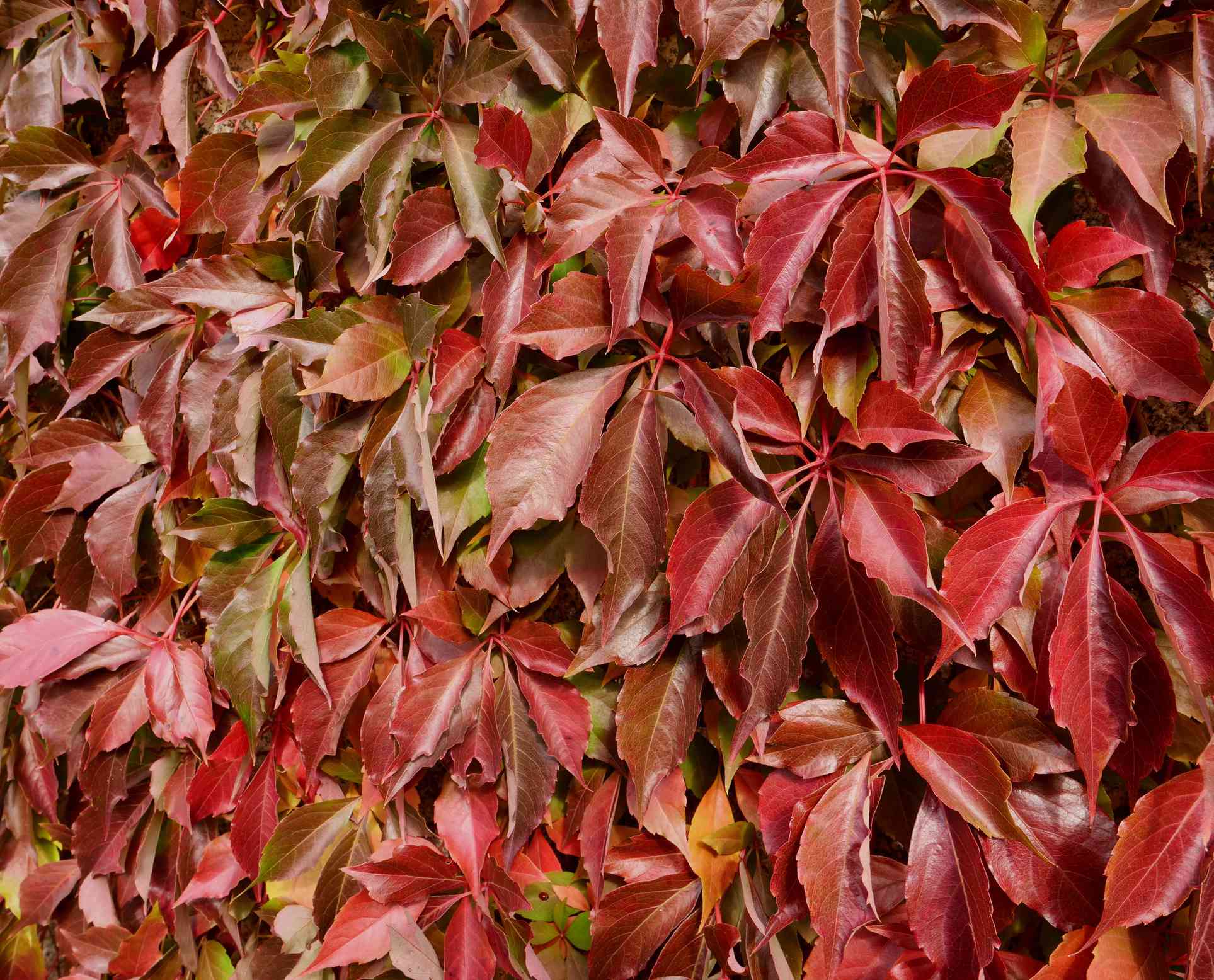Riverdene Garden Center
Virginia Creeper
Virginia Creeper
Couldn't load pickup availability
Parthenocissus quinquefolia
Virginia Creeper is a fast-growing, cold-hardy, and low-maintenance deciduous vine known for its stunning red fall foliage, strong climbing ability, and adaptability. It is a native North American plant, making it an excellent choice for trellises, fences, walls, ground cover, and erosion control in Southwest Saskatchewan. This vigorous and drought-tolerant vine provides seasonal interest and habitat for wildlife.
Planting & Location
- Hardiness Zone: 3-9 (exceptionally winter-hardy, ideal for prairie climates)
-
Mature Size:
- Height: 30-50+ feet tall when given support (can reach up to 60 feet in optimal conditions)
- Spread: 5-10 feet wide
- Growth Rate: Fast (2-3 feet per year)
- Sunlight Needs: Full sun to partial shade (best fall color in full sun)
-
Soil Preference:
- Prefers well-drained, loamy soil.
- Tolerates clay, sandy, and rocky soils.
- Thrives in poor soils, making it ideal for difficult areas.
- Spacing: 5-10 feet apart for climbing or spreading use.
Watering
- Young Plants (First Year): Water deeply 1-2 times per week to establish roots.
- Established Vines: Drought-tolerant but benefits from occasional deep watering in dry periods.
- Avoid Overwatering: Prefers moderate soil moisture but does not tolerate soggy conditions.
Fertilizing
- First Year: No fertilizer needed—focus on root establishment.
-
Mature Vines:
- Apply a balanced slow-release fertilizer (e.g., 10-10-10) in early spring to encourage strong growth.
- Organic alternative: Compost or well-rotted manure in spring.
Pruning & Maintenance
- Best Time to Prune: Late winter to early spring, before new growth starts.
-
How to Prune:
- Trim to control size and prevent overgrowth.
- Remove dead, damaged, or weak vines to maintain plant health.
- Cut back one-third of old growth every 3-4 years to rejuvenate the plant.
Flowers, Foliage & Seasonal Interest
- Bloom Time: Late spring to early summer (May-June) (not very noticeable)
- Flower Color: Small greenish flowers (attracts pollinators but is not showy)
-
Foliage:
- Spring & Summer: Green, five-lobed compound leaves
- Fall: Vibrant red to burgundy foliage (best color in full sun)
-
Fruit:
- Small dark blue berries in late summer to fall (loved by birds, but toxic to humans)
Pest & Disease Management
Resistant to: Drought, deer, urban pollution, and most pests
Common Pests:
-
Aphids – May cause curling leaves and sticky honeydew.
- Solution: Spray with insecticidal soap or introduce ladybugs.
-
Japanese Beetles – Can occasionally chew leaves.
- Solution: Hand-pick beetles or use neem oil.
Common Diseases:
-
Powdery Mildew – White fungal coating on leaves in humid conditions.
- Solution: Improve airflow and apply fungicide if needed.
-
Leaf Spot (Fungal or Bacterial) – Brown spots on foliage.
- Solution: Remove affected leaves and improve air circulation.
Winter Protection
- Highly winter-hardy—no special protection needed in Zone 3-9.
- Mulching: Apply 2-4 inches of mulch around the base (not touching the stems) to insulate roots.
- Rodent & Deer Protection: Generally resistant to deer, but rabbits may nibble young shoots in early spring.
Landscape Uses
Perfect for climbing walls, fences, and trellises
Excellent ground cover for erosion control
Bright red fall foliage provides season-long interest
Attracts birds and pollinators
Low-maintenance and adapts to tough conditions
Additional Notes:
- Virginia Creeper is a great alternative to invasive vines like English Ivy, as it does not damage brick or stone structures (it attaches using suction cups, not rootlets).
- Toxicity: Berries are toxic to humans and pets but are a valuable food source for birds.
- Lifespan: 20+ years with proper care.
- Works well in naturalized gardens, cottage landscapes, and as a privacy screen.
Photo courtesy of The Spruce
Share


